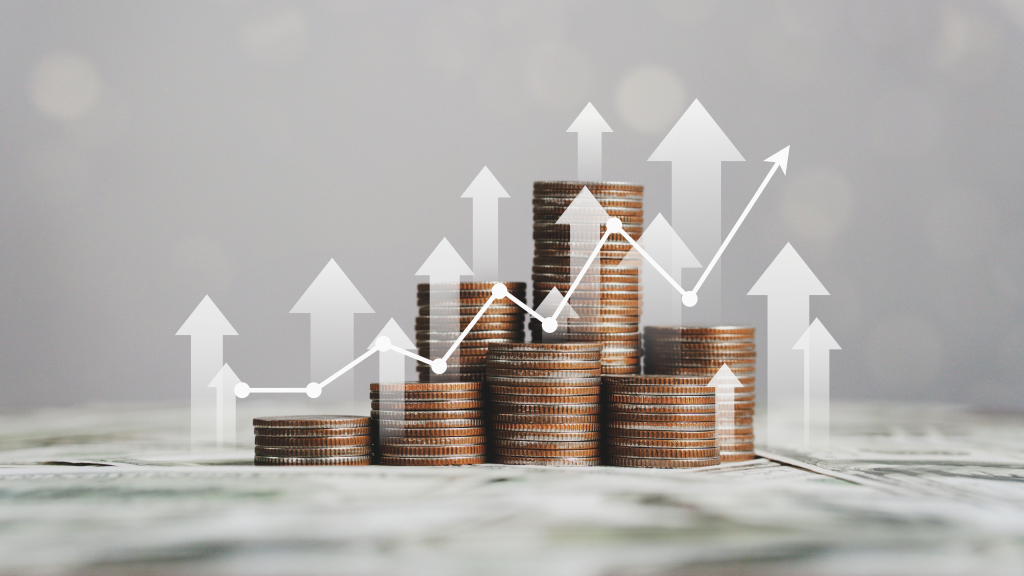
Dynamic pricing can be a contentious topic. Consumers often view it as an exploitative pricing strategy in which brands try to charge the highest possible price for their products or services. For example, in the fast-food industry, the introduction of dynamic pricing has gone down like a lead balloon.
NB: This is an article from EHL Insights
Subscribe to our weekly newsletter and stay up to date
However, despite the backlash some brands have received, there are industries where dynamic pricing, while not necessarily welcomed, is generally accepted. The airline industry is one example, with airlines charging more for passenger tickets when demand for travel to a particular destination is high. Travel accommodation is another, with Airbnb offering a ‘Smart Pricing’ feature that automatically adjusts a host’s nightly price based on demand.
Dynamic pricing is also an accepted practice in the hotel industry. Most guests know they’ll pay more to stay at a city center hotel on the weekend compared to a Monday or Tuesday. Given that dynamic pricing is expected by customers, it makes sense to use it, especially as it can be an effective way to drive revenue growth and create a competitive advantage.
What are the benefits and challenges of dynamic pricing in the hotel industry?
In terms of the upsides, dynamic pricing can help keep rooms occupied and boost profit margins during busy periods. The benefits include:
- Higher occupancy rates – Dropping your prices during quiet periods helps you increase bookings and cover your overheads.
- More profit – Charging more when demand is high enables you to sell your available rooms at the best possible rate and boost your margins.
- A better understanding of booking behavior – Predictive analysis gives you more insight into customer behavior and helps you stay one step ahead of the competition.
- No guesswork – AI tools enable you to set prices based on data rather than emotion and guesswork. That prevents you from leaving money on the table.
Dynamic pricing is a good fit for the hotel industry and the benefits are compelling, but as with any pricing strategy, there are also some potential drawbacks.
- Frustrated customers – You must find a balance between profitability and customer satisfaction. Constantly changing prices can affect customers’ loyalty and trust in the brand and reduce repeat bookings.
- High implementation costs – The cost of misjudging price points is high. To avoid that, you should invest in potentially expensive systems that can integrate seamlessly and ensure your data is accurate and up to date.
- Damaged brand perception – There is a risk that price points that are excessively high or low can alienate your guests and devalue your brand.
- Harmful to your relationships with booking sites – Travel companies and travel agents may find it more difficult to book with you due to constantly shifting prices. That could impact their relationship with you in the future.
How to use dynamic pricing in the hotel industry
If you think the benefits of dynamic pricing outweigh the challenges, here are a few tips to help you apply this strategy in your hotel and enhance your competitive advantage.




